Rethinking I-94 has been on the minds of people in the Twin Cities for some time, as a once-in-a-generation opportunity to remedy the damage the road has caused to the communities along the corridor. Even the Minnesota Department of Transportation (MnDOT) bills Rethinking I-94 as “a long-term effort to engage communities that live, work, commute and play along the corridor.”
But has MnDOT realized that vision?
Back in January, the MnDOT held a virtual Policy Advisory Committee (PAC) meeting on their intended course of action on how to rebuild the corridor. The meeting revealed a significant disconnect between the agency and the public living and working along the corridor. MnDOT formally announced its recommendation to drop the boulevard options, including the ambitious Twin Cities Boulevard proposal envisioned by Our Streets. Two options were presented to MnDOT that would have seen I-94 removed and replaced with a surface boulevard. Dropping these options is a premature decision that shows the department isn’t interested in studying publicly supported options that could greatly improve the quality of life of those living closest to the I-94 trench.
MnDOT officials claim they wouldn’t build a highway like I-94 today, but apparently they would rebuild a highway like that today. MnDOT’s reasoning: Vehicular traffic is too high now, and will be in the future, to consider removal as an option.
Local leaders and the public did an excellent job showing up to express immense dissatisfaction at the meeting. Local city councilors, State House, State Senate, and around 150 people showed up for public comment in the meeting. The PAC was made up of decision-makers from both the Minneapolis and St. Paul city councils, the Minnesota Legislature and the Metropolitan Council.
The Rethinking I-94 project alternative criteria provided by MnDOT for this project were criticized by members of the public at the meeting as having too car-centered a focus for the project. Factors that could better allow for the removal options to be realized include:
- Traffic modeling that accounts for change in land use, induced demand (for example, building wider roads makes more people drive on them) and traffic evaporation (if you get rid of a road, not all the traffic remains, much disappears).
- Potential for transit ridership increases with bus rapid transit or improvements like the Gold Line Extension, slated to connect the two downtowns via Bus Rapid Transit in 2027.
- The potential positive impacts of having taxable land tracts and buildings placed back into the corridor where the freeway is now and how that would benefit the surrounding community.
The frustration that MnDOT is only considering current personal vehicle and freight traffic was palpable with both PAC members and the public. When the PAC meeting was opened for public comment, the overwhelming opposition to MnDOT’s recommendation was striking. Over 150 people signed up to give public comments, and the overwhelming majority stated their dissatisfaction with MnDOT’s process and with the agency’s choice to remove the boulevard options from the project, especially before studying them.
Ultimately, MnDOT’s apology for building I-94 through Rondo and the destruction of minority neighborhoods (see the Congress for New Urbanism page on Rondo) will all be for nothing if they discard the removal options right away. As alluded to by Angela Conley, the Hennepin County District 4 Commissioner, concrete action is needed. Words and apologies are not enough to fix the damage this highway has caused. This sentiment was echoed by several other elected officials in attendance and in many public comments.
MnDOT’s Path Forward
MnDOT’s recommendation is not final, but their intent to remove boulevard-compatible choices is clear. The project is still in the Scoping Phase, where MnDOT looks at all the options and narrows them down to the one it feels is best for the project. Given the sudden decision to remove the boulevard options, many PAC members are pursuing bylaws for a formal vote of opposition to this recommendation. While there is still no community vote on the matter, Gov. Tim Walz and the Minnesota Legislature will have the final say. Public pressure is a real, viable way to force MnDOT into giving boulevard conversion a fair analysis.
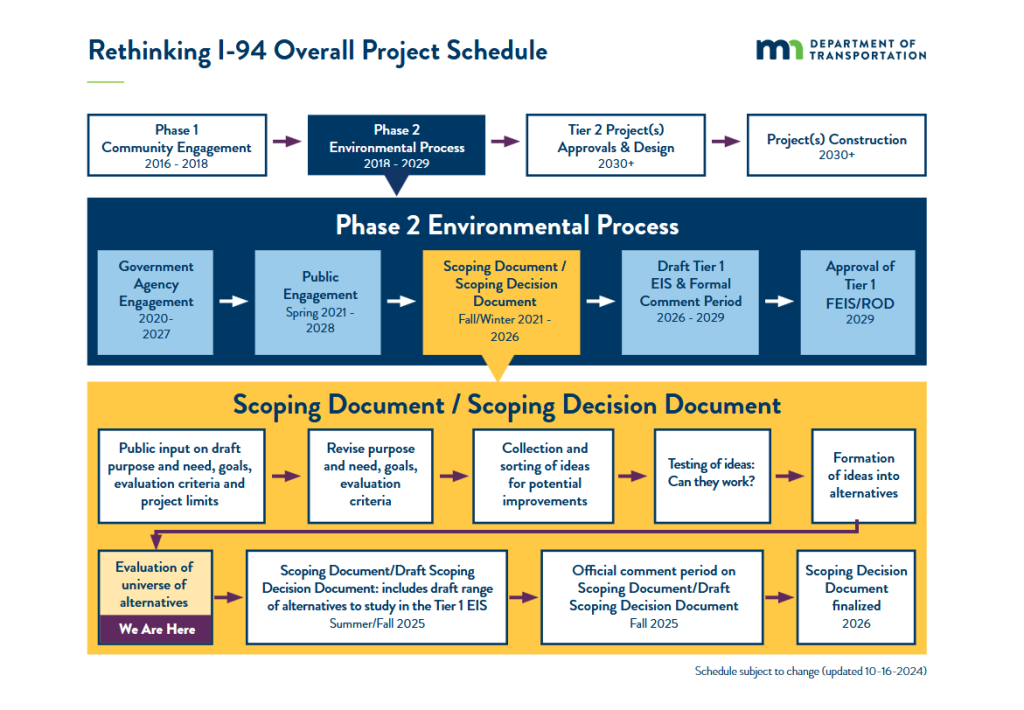
In the current timeline, once MnDOT selects an alternative, a formal construction proposal for the corridor will come together at the end of this decade. This formal proposal, which lays out exactly what MnDOT will construct, is referred to as a Tier 2 proposal.

Should the agency fail to change course in light of public opposition, there is another possible avenue for the Cities to force MnDOT’s hand: municipal consent.
Ricardo Lopez, public affairs liaison for this project and Northern Hennepin County for MnDOT, provided details on the municipal consent process. Whenever a major traffic corridor sees a change in capacity that MnDOT maintains, either greater or smaller, then any city affected by this change (in this case, Minneapolis and St. Paul) has to approve the Tier 2 proposal from MnDOT, where MnDOT chooses a construction layout for the project option. Either city has a limited time window to invoke this power and force a change in the construction layout. One should also note that there is a massive cost to taxpayers for the rebuild both now and in the future.
Many things could happen between now and the Tier 2 proposal, which is to be put forth at the end of this decade. There could be changes in the makeup of elected officials who are more or less receptive to the boulevard. MnDOT could also scale back the project so that municipal consent is not required. Some might think it’s intentional.
We need to keep making our voices heard to restore the boulevard options. We need to contact elected officials at all levels and ask that the boulevard options get fair study.
Below is a guide for the different elected officials who represent residents along the corridor.
Who Can Be Reached at City Council?
Minneapolis
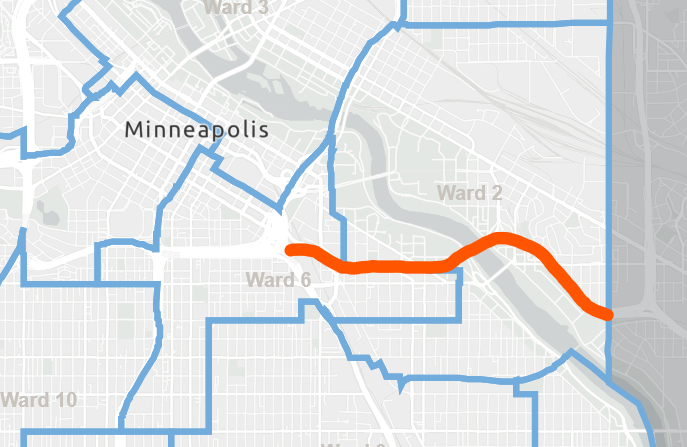
- Ward 2 – Robin Wonsley
- Ward 6 – Jamal Osman
St Paul
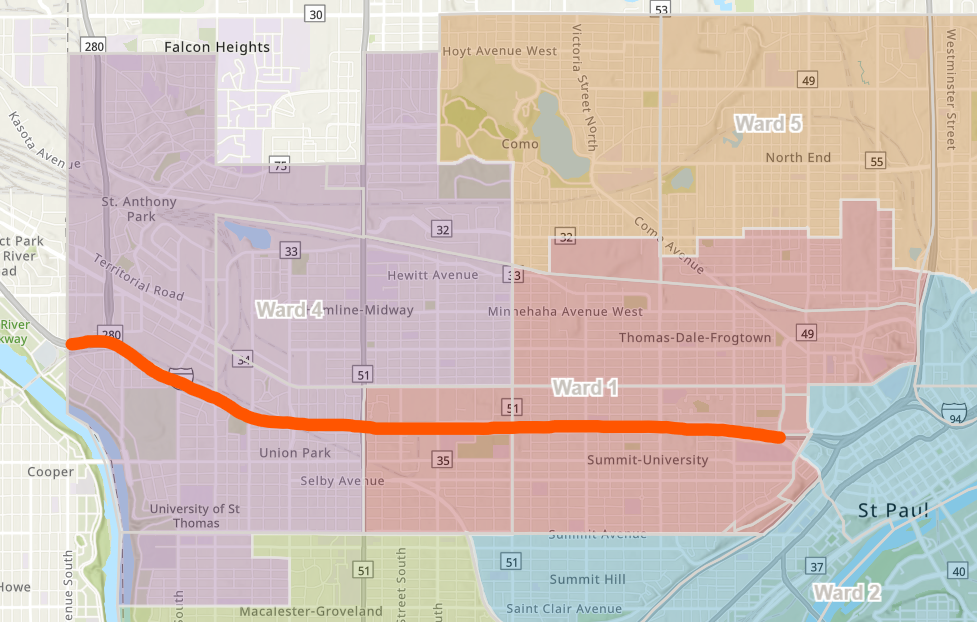
- Ward 4 – Interim position held by Matt Privratsky, was represented by former Ward 4 Councilmember and City Council President Mitra Jalali at the meeting, who has since resigned.
Several of the district councils within Ward 4, including Hamline Midway Coalition, Saint Anthony Park Community Council and Union Park District Council have actively worked on the Rethinking I-94 project, as well as on neighborhood projects such as improving the University and Snelling intersection.
- Ward 1 – Anika Bowie
The Summit-University Planning Council is within Ward 1 and recently published MnDOT’s recommendations on Rethinking I-94.
What of the State Senate?

- MN Senate 60 – Sen. Elect Doron Clark (More Information)
- MN Senate 62 – Sen. Omar Fateh (More Information)
- MN Senate 63 – Sen. Zaynab Mohamed (More Information)
- MN Senate 64 – Sen. Erin P. Murphy (More Information)
- MN Senate 65 – Sen. Sandra L. Pappas (More Information)
- MN Senate 66 – Sen. Clare Oumou Verbeten (More Information)
What of the State House?
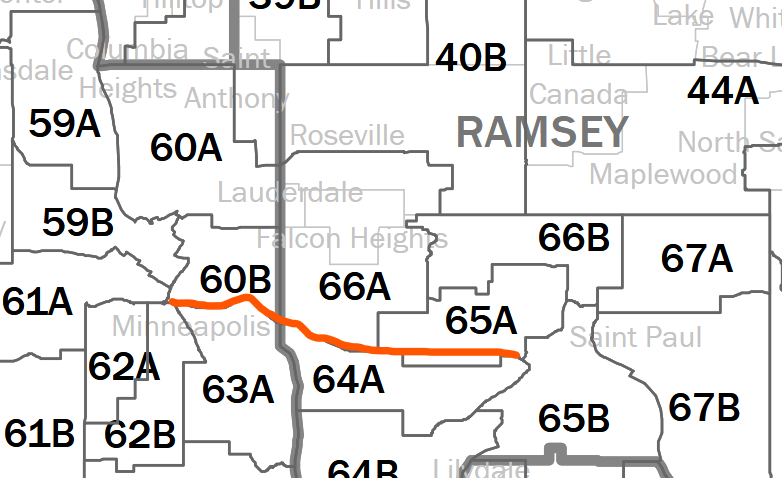
- MN House 60B – Rep. Mohamud Noor (More Information)
- MN House 62B – Rep. Anquam Mahamoud (More Information)
- MN House 63A – Rep. Samantha Sencer-Mura (More Information)
- MN House 64A – Rep. Kaohly Vang Her (More Information)
- MN House 65A – Rep. Samakab Hussein (More Information)
- MN House 66A – Rep. Leigh Finke (More Information)
Federal Representatives Along the Corridor
- U.S. House 4th District – Represented by Betty McCollum (contact)
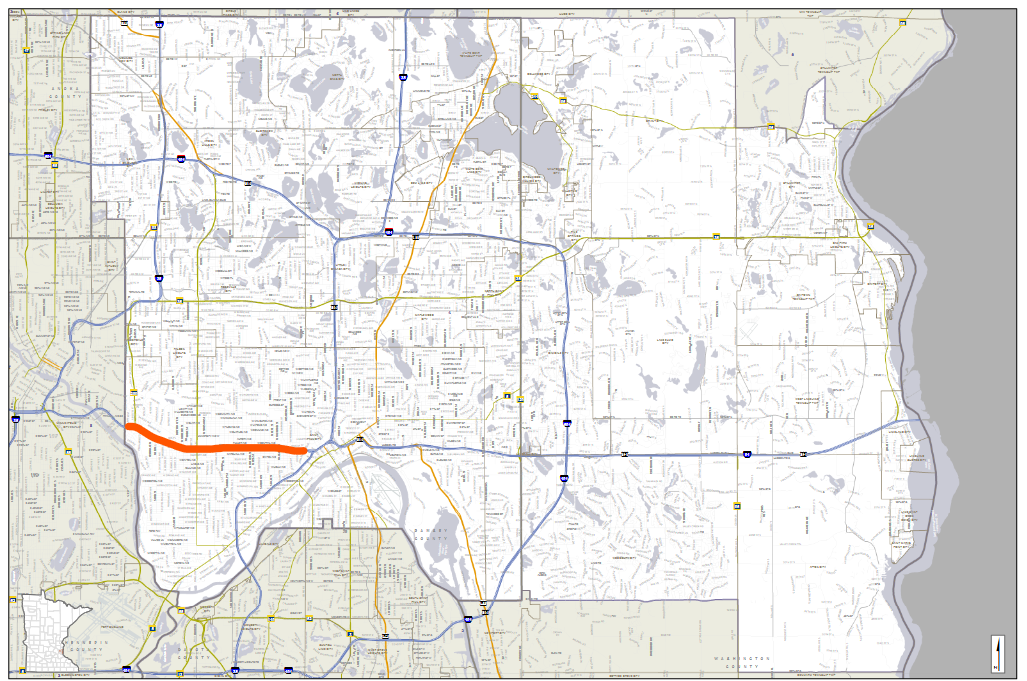
- U.S. House 5th District – Represented by Ilhan Omar (contact)
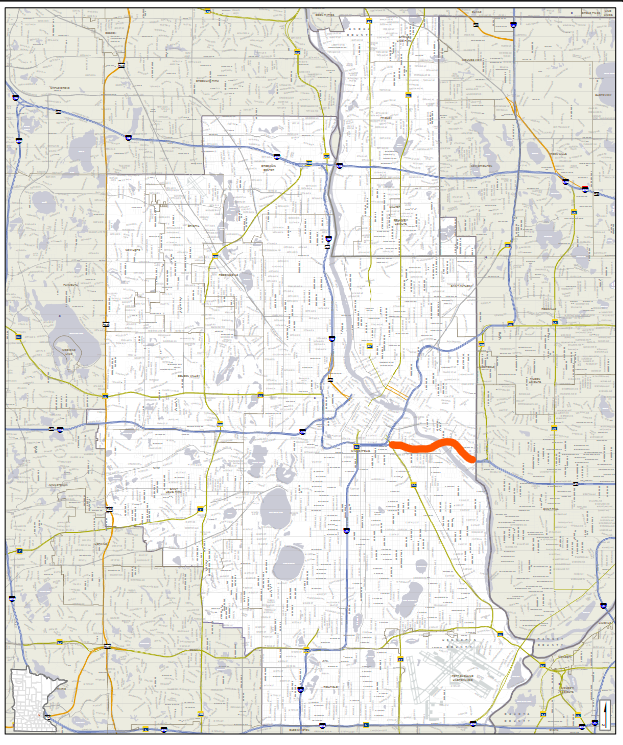
- U.S. Senator – All of Minnesota Represented by Amy Klobuchar (contact)
- U.S. Senator – All of Minnesota Represented by Tina Smith (contact)
Conclusions
Time will tell if MnDOT changes course on bringing the boulevard back for study, or if the public and cities will have to force them to do so. As it sits, MnDOT is keeping the status quo and all the damage that entails for generations to come. Let’s keep fighting to make this change happen!
Image uptop by wang jinbo on Unsplash.
